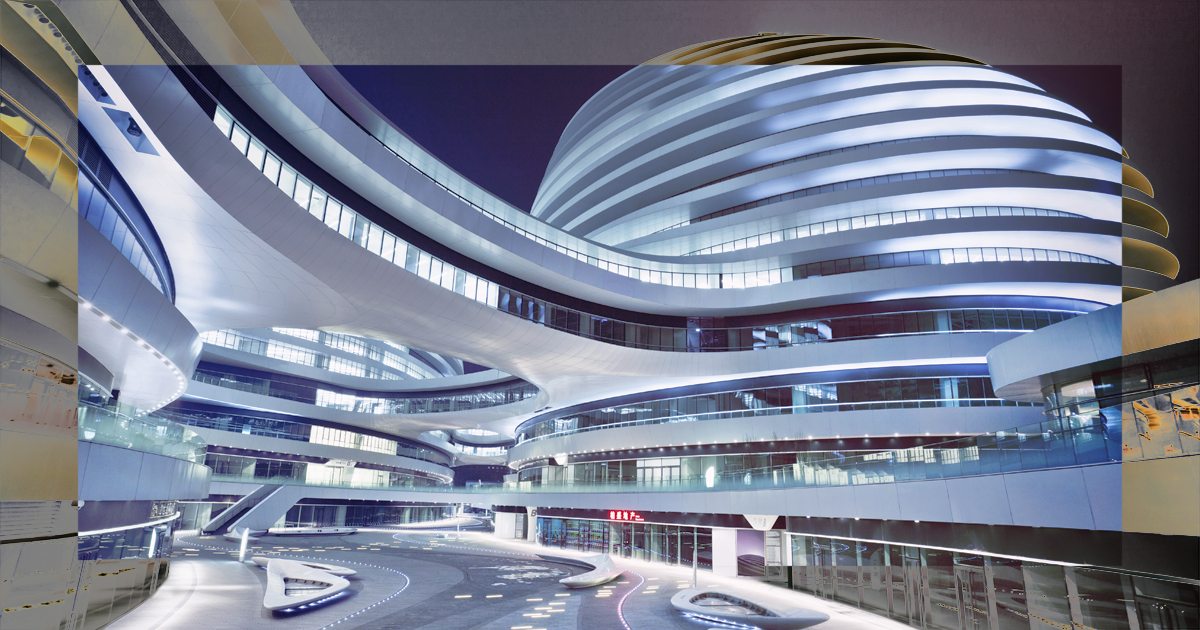
Zaha Hadid was a British-Iraqi architect considered one of the most influential architects of the 21st century. Her distinctive style, characterized by its futuristic and otherworldly forms, has earned her a reputation as a pioneer in architecture. Her work has been described as "alien" because of its unique, organic shapes that defy gravity and convention.
Zaha Hadid was born in Baghdad, Iraq, on October 31, 1950. She studied mathematics at the American University of Beirut before moving to London to study architecture at the Architectural Association School of Architecture. She graduated in 1977 and worked for various architecture firms in London.
Zaha Hadid is one of the most celebrated architects of our time. Her work is renowned for its futuristic and visionary designs, described as "alien" or "otherworldly." Hadid's architecture stands out for its unique, dynamic forms that defy gravity and conventional notions of space and structure. In this article, we will explore why Zaha Hadid's work is often referred to as "alien architecture style."
One of the key reasons Hadid's work is considered alien is her use of organic shapes and curves. Her designs often feature sinuous, flowing forms reminiscent of natural shapes like waves, clouds, and mountains. These organic shapes contrast sharply with the rectilinear forms more commonly associated with modern architecture. By embracing the fluidity of organic forms, Hadid's work creates a sense of movement and dynamism that is not found in more conventional designs.
Another reason Hadid's work is often described as the alien is her use of cutting-edge technology and materials. Hadid was known for her innovative use of computer-aided design (CAD) software, which allowed her to create complex, irregular forms that would have been impossible to achieve with traditional drafting methods. She was also an early adopter of 3D printing technology, which allowed her to create prototypes and models of her designs in a fraction of the time it would have taken using traditional methods. Hadid's work often features materials like glass, steel, and concrete, typically associated with modern architecture but used in new and unconventional ways.
Another factor contributing to Hadid's work's alien quality is its scale. Many of her designs are large, imposing structures that seem to dwarf their surroundings. Hadid's buildings often feature sweeping curves and sharp angles that create a sense of drama and grandeur. This sense of scale is enhanced using materials like glass and steel, which reflect and refract light in interesting ways.
Finally, one of the most important factors contributing to Hadid's work's alien quality is its sense of otherness. Hadid's designs often exist outside of conventional architectural styles and traditions. They are not easily classified as modernist or postmodernist, and they need to conform to the rules and conventions of traditional architecture. Instead, Hadid's work represents a radical departure from conventional architectural forms, creating a new language of design that is both futuristic and otherworldly.
In conclusion, Zaha Hadid's work is often described as alien because of its unique, dynamic forms, use of cutting-edge technology and materials, sense of scale, and sense of otherness. By embracing organic shapes, innovative technology, and unconventional materials, Hadid created a new language of design that challenged conventional notions of space, structure, and style. Her work inspires architects and designers worldwide, and her legacy will continue to shape the future of architecture for years to come.
